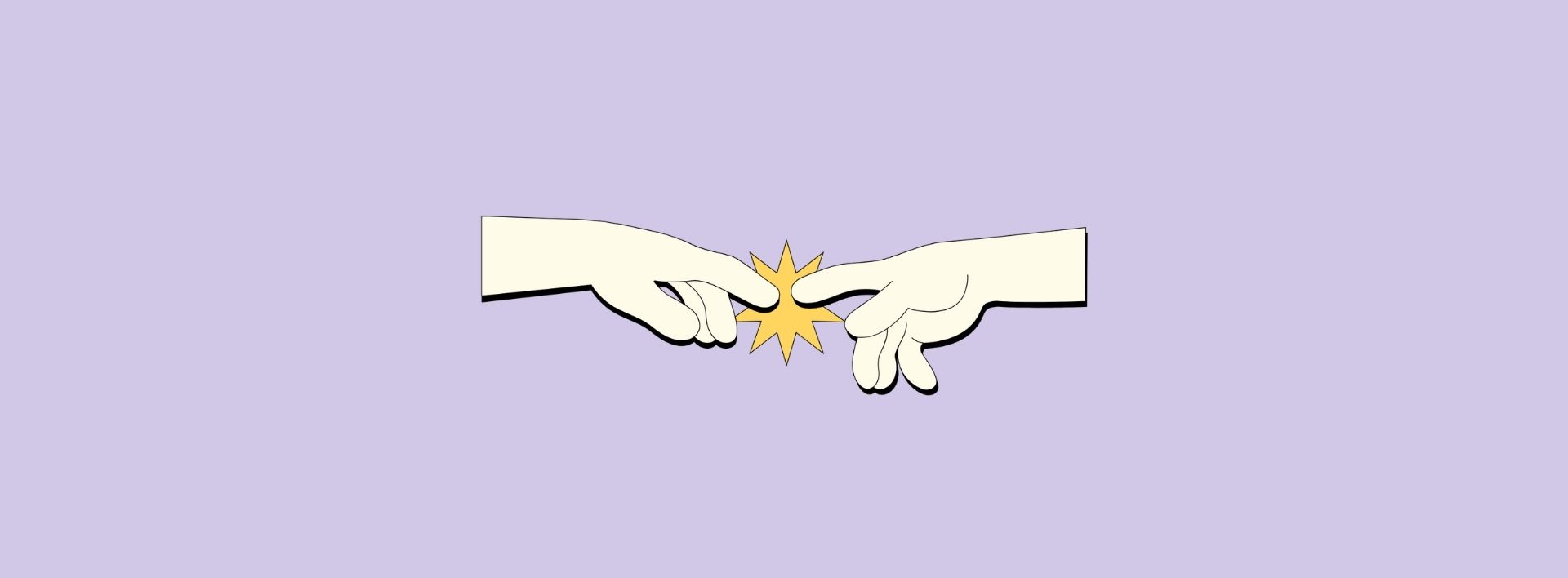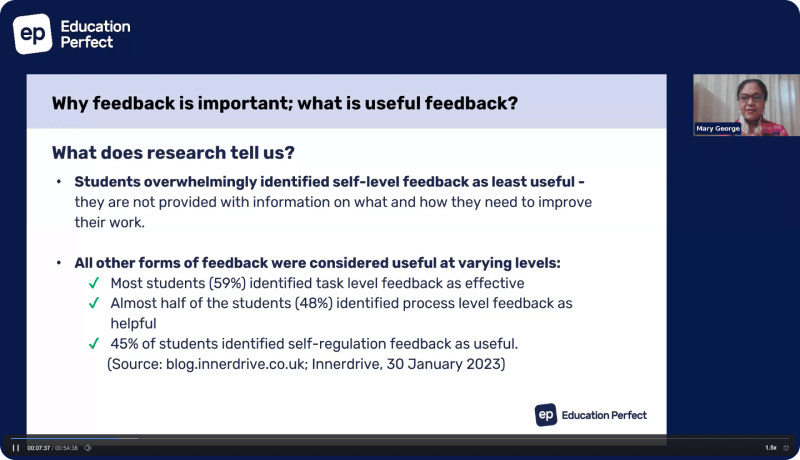Cross-Curricular Teaching and Learning

“The noblest pleasure is the joy of understanding.” – Leonardo Da Vinci
As students gaze through classroom windows and teachers resist the urge to defenestrate yet another grand initiative, a concurrent realisation often occurs: ‘The world doesn’t work like this’.
It can sometimes seem difficult to find solid ground in the lacuna between our high school departments. Where are the alleyways linking the high street to the promenade? How can our schooling structures better facilitate the sophrosyne required for thriving, modern individuals?
Although we are seeing a rising meliorism in the 2020 pre-dawn, the most effective pedagogy for students of today still seems somewhat elusive.
The undulating successes have always seemed tied to a certain rigour reliably found in industrial societies. However, as economic and cultural distances are vaporising, teachers can often sense a certain dépaysement in this fizzing, global technological era.
Although The Four Cs, cross-curricular learning and project-based learning are not new ideas, they always seem to haunt the periphery of education rather than possess the interior. We know how beneficial it is to contextualise teaching within real-world motivations and so it might be helpful to view these concepts as interweaving pedagogies, constantly reinforcing one another rather than choosing between them.
In order to grasp how realistic cross-curricular learning might be for your teaching, it might first help to look at the variety of ways in which it can occur. Perhaps it is also helpful to view the Four Cs of critical thinking, communication, collaboration and creativity as the driving forces which underpin cross-curricular and project-based pedagogy.
Melissa Kelly in her ThoughtCo.article identifies four different ways cross-curricula units might be incorporated. These are summarised as follows:
1. Parallel Curriculum Integration
OR
Common theme, different Subjects.
This is where you agree on a theme with at least one teacher from a different subject and work with students to explore that theme through the required subject-specific criteria. A common way this is achieved between English and History is the study of The Boy in the Striped Pajamas being taught at the same time as WWll history.
If teachers can think critically about how they plan their courses and then collaborate on where the logical connections can be made, this form of cross-curricular learning is quite achievable.
What could possibly go wrong?
Coordination is vital here. And if one teacher falls out of line with the agreed progression of the course, timely connections in the learning may not occur.
2. Infusion Curriculum Integration
OR
I can do it myself because I am a polymath.
This is where you upskill in other subject areas to infuse the learning alongside your subject content when the obvious links present themselves. This requires creativity and excellent communication as the lessons will be delivered in the context of your subject and yet must be planned and structured in a way which ensures the cross-curricular links are taught explicitly.
What could possibly go wrong?
Your colleagues across the hall may have unpredictable reactions to their students already knowing the history of the onion because they ate them while reciting war poetry and drawing cell diagrams in English class.
3. Multidisciplinary Curriculum Integration
OR
Two or more teachers from different subjects co-create a project assignment based on an agreed theme.
Multidisciplinary project-based learning like this is slowly becoming the holy grail of teaching. When delivered and implemented effectively both teachers and students can model, execute and reinforce the Four Cs. It requires a high degree of teacher creativity, administration, collaboration and communication but if done well can not only be scalable but repeatable and thus a rewarding annual endeavour.
What could possibly go wrong?
If the school is not supportive of this type of approach, participating teachers will be required to forge the time for such an enriching endeavour out of their very blood, bones and souls. It requires serious teamwork and organization. If one teacher isn’t as committed as others, there is a high risk of failure.
4. Transdisciplinary Curriculum Integration
OR
A collision of minds…on a daily basis.
This is where two or more teachers combine classes, co-construct the lesson plans based on an agreed theme and integrate the subject-specific knowledge throughout the project. They co-teach and work as a team both inside and outside the classroom. If the dynamic is strong, producing this could be extremely effective and rewarding for both teachers and of course the students.
What could possibly go wrong?
If the teachers involved are not excellent communicators and collaborate efficiently and respectfully, this could become the teaching equivalent of a living nightmare.
Communication Again…
Once a fitting strategy for cross-curricular learning has been decided upon, and the best organisation, construction and collaboration has been employed to plan and prepare the teaching work, how do teachers ensure the students will take to it?
Some of us may suffer from frequent lethologica (the beautiful word for when you think of something but the word for it escapes you). We may have, for much of our careers, viewed the art of teaching as something of a zemblanity, are we authentic? Do we really mean and believe what we are trying to appear passionate about? How might we truly inspire the individuals before us?
researchers from the University of Southern California and Bank Street College are currently researching 40 teachers who are considered to be highly effective. Mary Helen Immordino-Yang who leads the study is aiming to:
“…characterize for the first time, in a much deeper way, the kind of integration between social-emotional and cognitive work that effective teachers do … and how this affects how students own their own thinking and engage deeply with the material and become motivated,”
Although the research is ongoing, they are noticing some very interesting things about ‘why’ these particular teachers are considered effective. Doug Knecht of Bank Street College who developed the observations notes:
“One of the most important things to walk away with is that teachers, especially great teachers, are making decisions that aren’t out of a playbook necessarily—or not even that obvious to them consciously—but they’re making decisions because of what they’re getting from their kids as part of their relationship in the moment. I think that is one of the harder things for novice teachers to figure out because they aren’t secure enough yet in how they are relating with their students” even when they are secure in their content knowledge.”
So although we may all agree that implementing more holistic and real-world methodologies in our teaching is important, we must also acknowledge where we are at in our teaching journey and how our communication style and skill level might help or hinder certain pedagogical techniques.
Should we be focusing on our emotional intelligence, communication, collaboration, creativity levels and proclivities before agreeing or venturing forth on a cross-curricular teaching journey? These factors are important in ensuring we focus on the right things.
Can you think of teaching colleagues who would be far more effective in choosing the infusion method? What about a pair of colleagues who would excel with the transdisciplinary model? What ‘stage’ of a teacher’s career might best suit a particular pedagogical approach?
“Study the science of art. Study the art of science. Develop your senses — especially learn how to see. Realize that everything connects to everything else.” – Leonardo Da Vinci
Once everything is in place to deliver rich educational content, assignments and assessments, we must ensure our students are encoded with 21st-century skills. In the 20th CEO survey, 77% of CEOs said they struggle to find employees with innovation and creative skills. Over 70% agree that leadership, adaptability, problem solving and collaboration are very important skills to have. Although we have no idea what 60% of jobs will be in the future, the importance of these ‘soft skills’ is clear. Preparing students for uncertainty requires a huge emphasis on the Four Cs. Once students observe teachers employing and modelling these skills they will be better placed to apply them, re-apply them and eventually, through repetition and reinforcement via our cross-curricular learning strategies, the Cs will become encoded in our students’ brains.
Motivation
But how do we capture that student scintilla and drive the curiosity in the first place? How can we even begin to utilise our natural C skills to get things going? Simon Mann of Mann Education Consultancy recently relayed how critical service-learning can be a great way to ignite intrinsic motivation to participate authentically in learning. Although service-learning is primarily geared towards learning about others it can be a great platform for learning about one’s own identity. This approach is aimed at building students’ empathy but also self-respect and curiosity about how they fit into the world. It is vital that students relate learning to who they are and how they can use learned skills in their community, society and cultural world. Once the significance of the learning is recognized, perhaps the motivation will follow. Consideration for how service to the local community might inform the outcomes of cross-curricular learning plans might just be a major catalyst for successful learning.
When all is said and done, as our students absquatulate into their early adult lives, will they be ready to manage the chaos and beauty of modern living? Will they have had enough simulation of modern working dynamics and socialisation to prepare them for what is to come? Teachers, and indeed parents, peers and communities have a large part to play but perhaps some critical and strategic thinking about how we, the teachers, arrange and deliver our curricula beyond the tired models of yore, is now a major requirement in fostering a stable future.
- Thinking critically about what cross-curricular methodology is right for us is essential. Considering our real-selves with regard to how we best communicate will be vital in engaging our students.
- Bringing the real world into our classroom and teaching empathy and self-awareness may be the glue that holds it all together.
- Underpinning and promoting the four Cs as the primary tools with which to progress through tasks will build resilience and tenacity.
“It is not the strongest or the most intelligent who will survive but those who can best manage change.” – Charles Darwin



